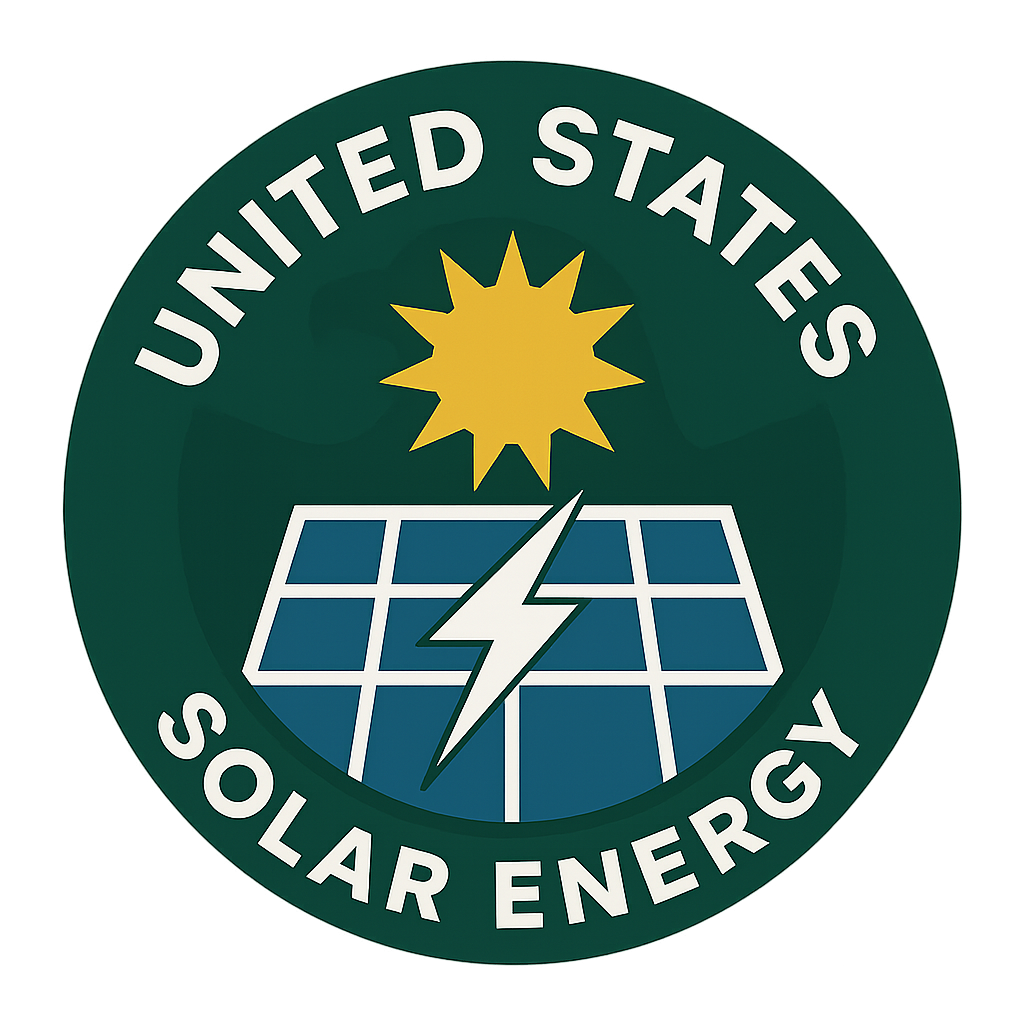Published: August 3, 2025 · Focus: Solar Procurement
Quick take
Dallas businesses comparing solar procurement options in 2025 have three paths: pay cash, lease roof space, or use a Power Purchase Agreement (PPA). A PPA beats the others on immediate cashflow, risk mitigation, and alignment—no upfront cost, predictable energy price, and upside from efficiency. This breakdown shows true cost versus value, hidden risks, and how to lock in a PPA that starts saving from day one.
1. Quick Comparison: PPA vs Roof Lease vs Cash Purchase
Power Purchase Agreement (PPA)
Best immediate cashflow: install solar with zero CapEx, pay only for the energy produced at a fixed below-market rate. No balance sheet burden, hedge against utility inflation, and USSE aligns incentives—if you don’t save, we don’t win.
- No upfront cost
- Predictable, locked-in rate
- Immediate positive cashflow in most Texas utility contexts
- Offloads maintenance risk to provider
Roof Lease
You lease your roof to a developer or third party who installs and owns the system. You get a fixed rent or revenue share, but you give up potential upside; energy savings accrue mostly to the system owner. Complexity in terms and potential escalation clauses exist.
- Some upfront cash from lease
- Limited control over system
- Energy benefit captured indirectly
- Risk of misaligned incentives
Cash Purchase
You buy the system outright (or finance traditionally). Highest long-term upside but largest capital outlay, delayed payback, and exposure to operational/maintenance risk. Forecasting savings depends on utility escalation assumptions.
- Full ownership
- Maximum long-term value if held and managed
- Capital intensive
- Price volatility risk unless paired with hedging
2. 2025 Cost & Value Breakdown (Dallas Example)
Scenario: 250 kW rooftop on a Dallas commercial building consuming 1.2M kWh/year. Blended utility rate: 14¢/kWh. System cost: $750,000. Comparison uses typical market terms in 2025 for each acquisition model.
PPA Economics
Energy sold at 10.5¢/kWh under a 15-year PPA. No upfront payment. USSE handles installation and performance; savings realized immediately vs utility baseline.
- Effective cost: 10.5¢ vs 14¢ utility = 3.5¢ savings per kWh
- Annual savings: ~42,000 × 3.5¢ = $42,000
- Risk: low (fixed rate, provider alignment)
- Payback: immediate (positive cash flow from month one)
Roof Lease Economics
Owner gets fixed annual rent ($25,000) but does not capture direct energy savings. Developer retains energy arbitrage; incentive misalignment can limit upside for the building operator.
- Guaranteed rent: $25,000/year
- Missed energy savings: ~$42,000 (from PPA scenario)
- Risk: moderate (dependent on developer performance)
- Payback: immediate rent, but opportunity cost is high
Cash Purchase Economics
Upfront $750,000 outlay (or financed) to own system. After incentives, levelized cost ~9¢/kWh. Savings ramp over time, but capital is tied up and exposure to maintenance/degradation exists.
- Effective cost: ~9¢/kWh after incentives
- Annual savings: ~14¢ - 9¢ = 5¢ × 1.2M = $60,000 (but delayed by payback period)
- Risk: high (capital exposure, performance uncertainty)
- Payback: 8–10 years depending on escalation assumptions
3. Why the PPA Reigns on Top for Dallas Businesses in 2025
PPAs dominate because they remove the three biggest friction points: capital deployment, price volatility, and maintenance responsibility. Dallas businesses get immediate predictable savings, hedge against rising utility rates, and preserve working capital. Roof leases leave too much upside with someone else; cash purchases lock up capital and delay benefit realization. A properly structured PPA with USSE aligns both parties—if the system doesn’t perform, you don’t overpay.
4. Tactical Next Steps to Lock in the Best Deal
1. Submit Your Load & Cost Profile
Provide USSE your current utility bills, energy rate structure, and rooftop specifics. We'll model a PPA that beats your baseline and quantify the gap versus lease or cash.
2. Compare the Real Net Present Value
See all three models side by side with your actual data—factoring in risk-adjusted discounting, opportunity cost of capital, and maintenance/price volatility exposure.
3. Lock in the PPA & Deploy
Execute the PPA, start generating clean energy below your utility baseline, and begin recognizing savings immediately. USSE handles performance and ensures alignment through contract structure.
5. FAQ & Common Objections
A: Ownership has merit long-term, but cash purchases delay payback and tie up capital. A PPA gives you immediate savings and flexibility; you can transition to ownership later if it makes sense.
A: Sometimes. But simplicity costs you upside—your energy savings mostly go to the lessee while you settle for fixed rent. PPAs align value capture with your benefit directly.
A: PPAs typically have floor/terms that still provide value versus volatility. Even with moderate utility declines, locked-in savings and protected cashflow retain strategic advantage.
A: Yes. Tax incentives, optional C-PACE overlays, and efficiency upgrades can all be combined to enhance the effective price and accelerate the value proposition.
See the Real Winner for Your Roof
Send us your Dallas energy usage, roof specs, and current cost structure. USSE will output a comparative model—PPA versus lease versus cash—highlighting immediate savings, risk exposure, and which path preserves your capital while maximizing ROI.
*Illustrative. Final economics depend on site data, contract terms, and incentive stacking.
